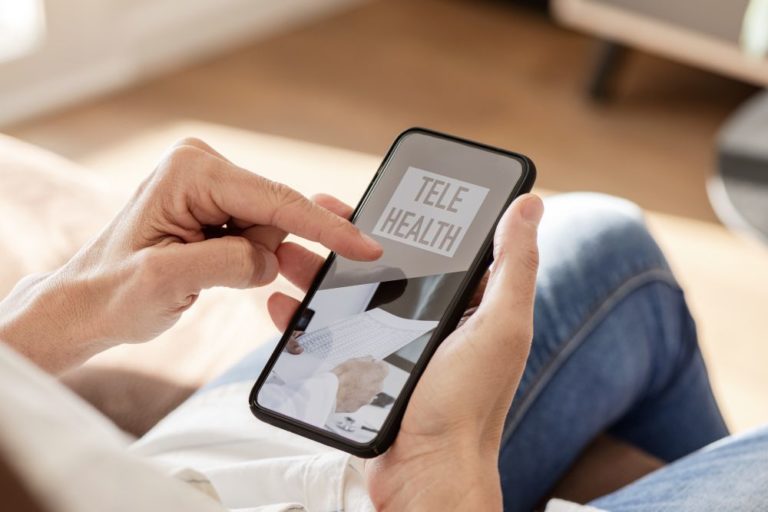[vc_row][vc_column][vc_column_text]His doctor diagnosed him with essential tremor, a nervous system disorder that causes involuntary shaking, and recommended deep-brain stimulation, a treatment that uses electrical currents to interfere with brain circuitry causing the unwanted movements. The procedure involves drilling a hole in the skull to implant current-delivering electrodes inside the brain. Where the electrodes are placed in the brain depends on the individual patient’s unique tremor patterns. But, in Roger’s case, his tremor was so small that his surgical team could not determine the best placement location.
The team quickly pinpointed a fitting, yet unusual, solution: Roger would remain fully awake during the placement of the electrodes. He’d also play the violin throughout the surgery, so his doctors could assess the exact impact of each test location.
At the start of the surgery, Roger began his concerto, struggling to maintain smooth control of his bow hand. Doctors placed the first electrode lead, and Roger began to play better, but well below professional standards. Doctors asked if Roger would allow them to place a second wire, to which he responded, “Why not?” Doctors placed the second lead, and Roger began to play perfectly with a perfectly steady hand. When he finished, her heard a familiar, yet distinctly different, roar of applause.
Today, Roger says his tremor is non-existent. That is, when his electrodes are switched on. Roger has a small controller – he compares it to a garage opener – that allows him to turn the electrodes in his brain on and off with the click of a button. As long as his electrodes are on, Roger can play smoothly.
The MedTech community is committed to helping people like Roger live healthier, happier, and more productive lives. Roger says in the video, “I remain very, very thankful that I have had the opportunity to have had this surgery.” MedTech will continue to deliver innovative medical technology solutions – like Roger’s deep brain stimulation therapy – so that more patients can say the same.[/vc_column_text][/vc_column][/vc_row]



